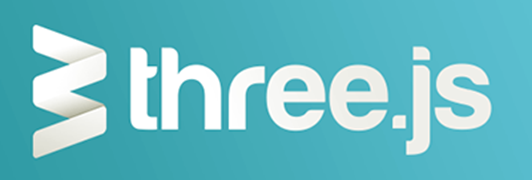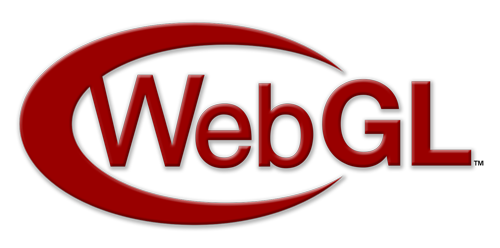
An Introduction to Programming 3D
with WebGL and HTML5
↓ ↓ ↓ Slides & Files ↓ ↓ ↓
WebGL.io/ldn-js
Carl Bateman
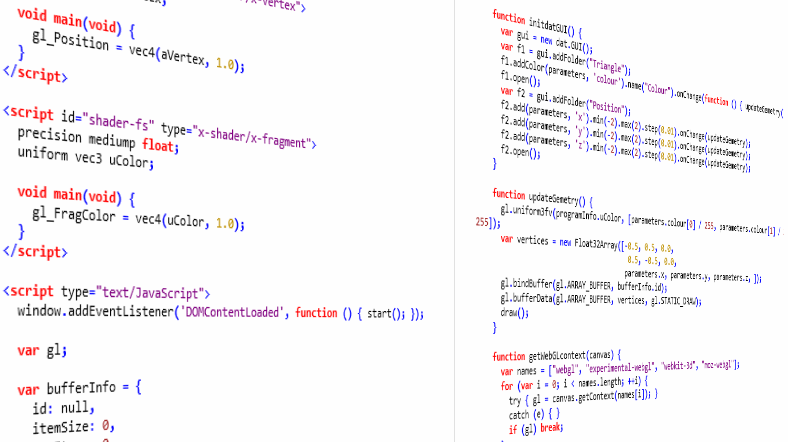
Carl Bateman
Carl Bateman
eπi +1 = 0
i² = j² = k² = ijk = -1
Fun!!!
Carl Bateman
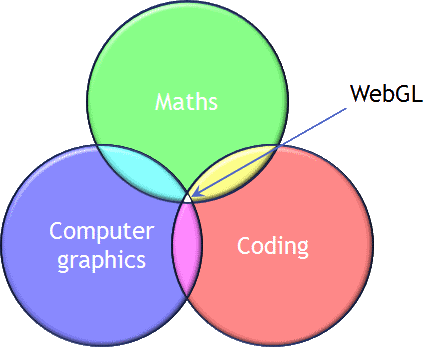
Carl Bateman
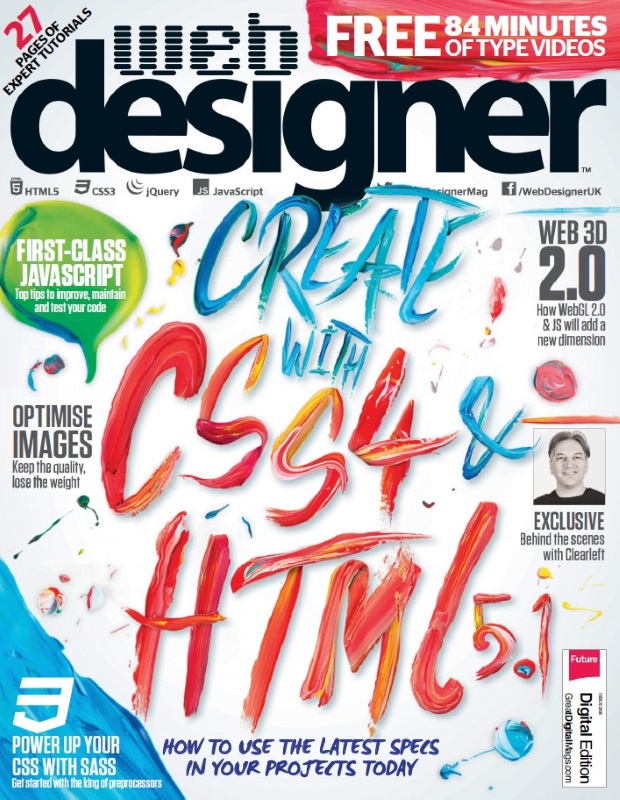
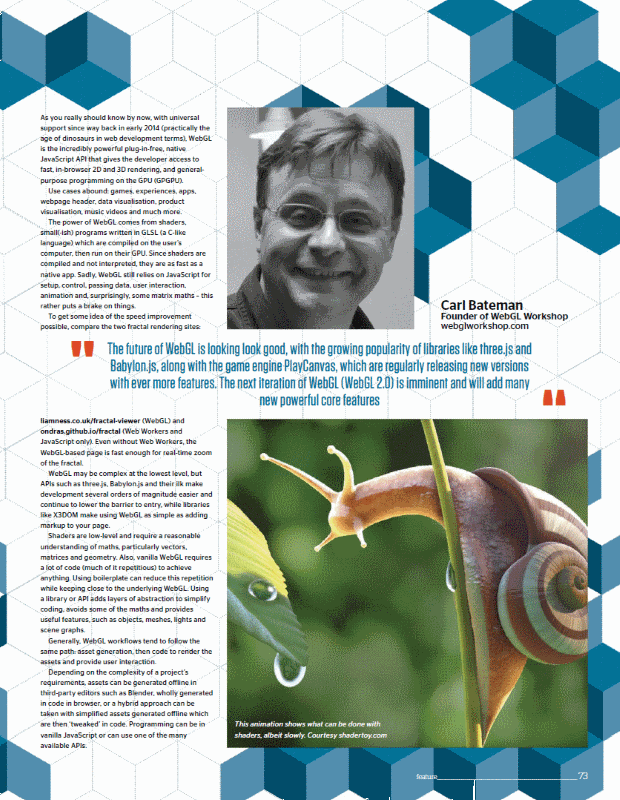
Executive Summary
"There's a freaking supercomputer in your browser,
and nobody seems to have noticed!"
Steve Sanderson
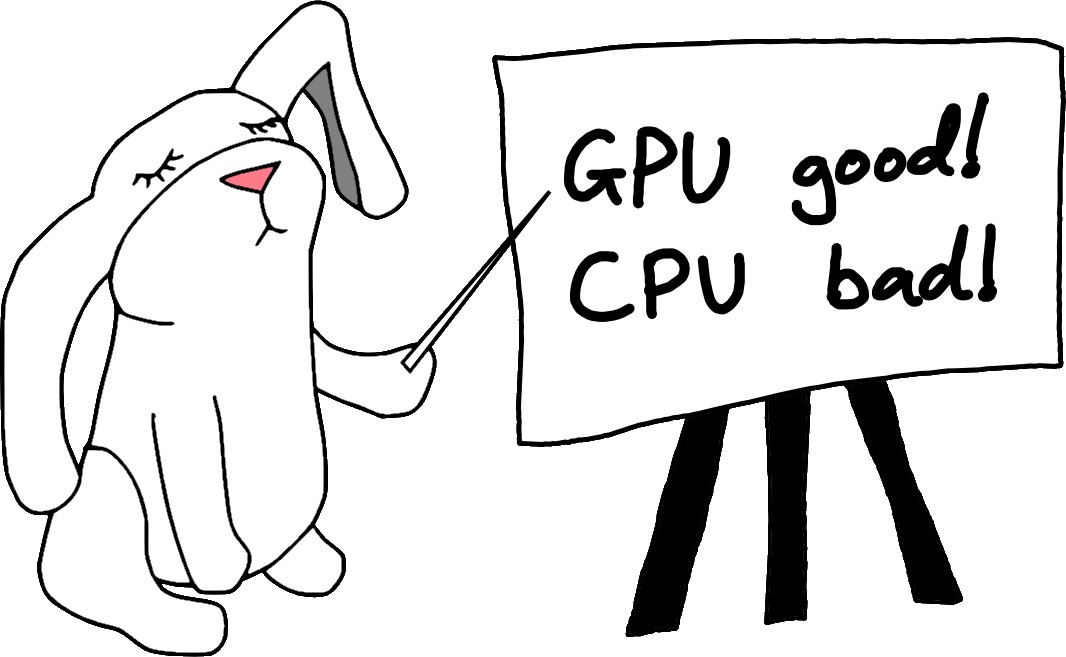
Jasmine Kent
Executive Summary
| CPU bad (slower) (click to zoom) | GPU good (faster) (mouse-wheel to zoom) |
| Refresh page if panel(s) blank | |
Executive Summary
Executive Summary
What is WebGL?
WebGL - OpenGL ES 2.0 for the Web
“WebGL is a royalty-free, cross-platform API that brings OpenGL ES 2.0 to the web as a 3D drawing context within HTML, exposed as low-level Document Object Model interfaces.
“It uses the OpenGL shading language, GLSL ES, and can be cleanly combined with other web content that is layered on top or underneath the 3D content.
“It is ideally suited for dynamic 3D web applications in the JavaScript programming language, and will be fully integrated in leading web browsers.”
Khronos.org
What is WebGL?
 |
Web standard |
 |
Cross-device |
 |
Cross-platform |
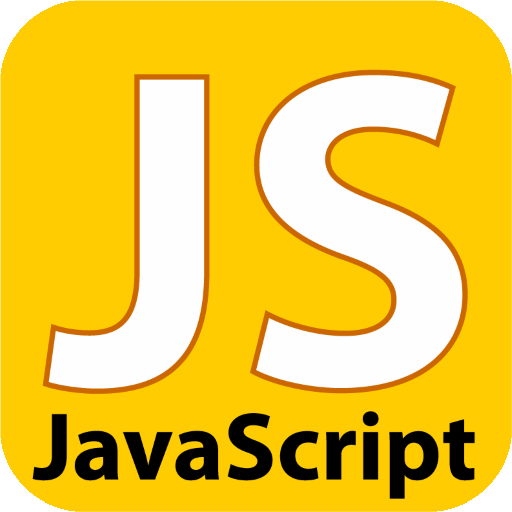 |
Combination of JavaScript API |
 |
and GLSL language |
What is WebGL?
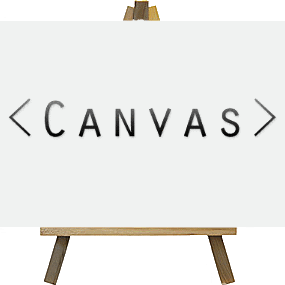 |
Canvas based |
 |
GPU access from browser |
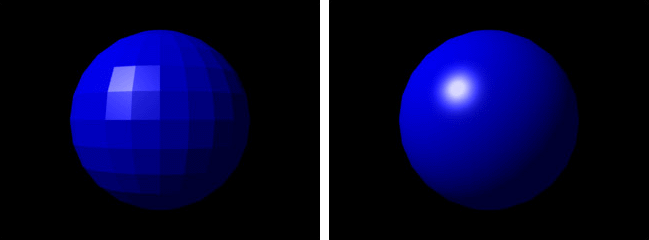 |
Rasteriser - 2D and 3D graphics and more |
 |
Control via shader programs |
How WebGL Works
JavaScriptCreate Context/Canvas Compile shaders Data control Draw commands GLSLShader program Vertex shader transform vertices Fragment (pixel) shader transform pixels |
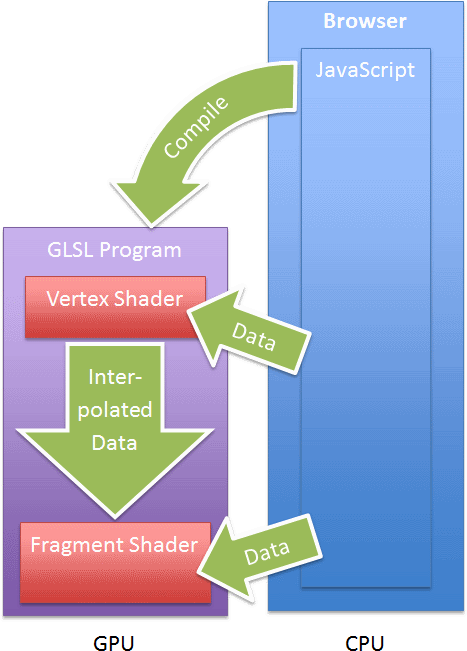 |
How WebGL Works
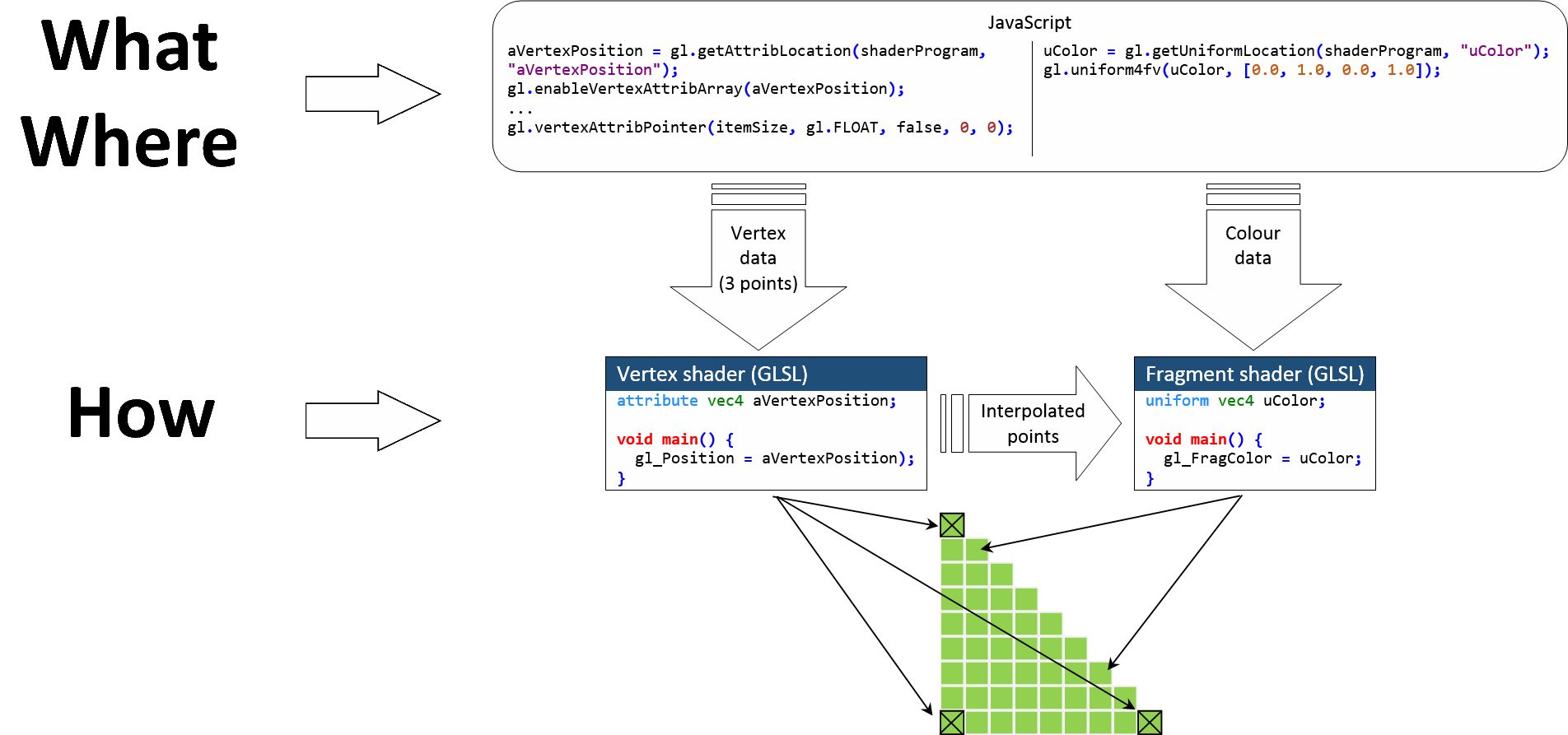
Setup
and
2D
HTML
<html>
<head>
<!-- place holders for glsl code -- coming soon -->
<script id="vertex" type="x-shader/x-vertex">
</script>
<script id="fragment" type="x-shader/x-fragment">
</script>
<script type="text/javascript">
</script>
</head>
<body>
<canvas id="glCanvas"></canvas>
</body>
</html>
"x-shader" type is arbitrary with no special meaning
<script> tag convenient place to put GLSL source
Obvs, JavaScript can go in separate .js file
Shaders can be loaded with XHR
Shaders
attribute vec2 aVertex;
attribute vec3 aColour;
varying vec3 vColour;
void main() {
vColour = aColour;
gl_Position = vec4(aVertex, 0.0, 1.0);
} precision mediump float;
varying vec3 vColour;
void main() {
gl_FragColor = vec4(vColour, 1.0);
} JavaScript
var names = ["webgl", "experimental-webgl", "webkit-3d", "moz-webgl"];
for (var i = 0; i < names.length; ++i) {
try {
gl = canvas.getContext(names[i]);
}
catch (e) { }
if (gl) break;
}Compile, attach and link shader programs
var v = document.getElementById("vertex").firstChild.nodeValue;
var f = document.getElementById("fragment").firstChild.nodeValue;
var vs = gl.createShader(gl.VERTEX_SHADER);
gl.shaderSource(vs, v);
gl.compileShader(vs);
var fs = gl.createShader(gl.FRAGMENT_SHADER);
gl.shaderSource(fs, f);
gl.compileShader(fs);
programInfo.id = gl.createProgram();
gl.attachShader(programInfo.id, vs);
gl.attachShader(programInfo.id, fs);
gl.linkProgram(programInfo.id);JavaScript
if (!gl.getShaderParameter(vs, gl.COMPILE_STATUS))
console.log(gl.getShaderInfoLog(vs));
if (!gl.getShaderParameter(fs, gl.COMPILE_STATUS))
console.log(gl.getShaderInfoLog(fs));
if (!gl.getProgramParameter(program, gl.LINK_STATUS))
console.log(gl.getProgramInfoLog(program));
gl.useProgram(shaderProgram);Get data location
programInfo.aVertex = gl.getAttribLocation(programInfo.id, "aVertex");
programInfo.aColour = gl.getAttribLocation(programInfo.id, "aColour");How WebGL Works

Render pipeline (simplified)
How WebGL Works

Define shape data
var vertices = new Float32Array([ 0.5, 0.5,
-0.5, 0.5,
-0.5, -0.5]);
var colours = new Float32Array([0, 0, 1,
1, 0, 0,
0, 1, 0]);How WebGL Works

Prep data and send to shader (position data)
bufferInfo.itemSize = 2;
bufferInfo.numItems = vertices.length / bufferInfo.itemSize;
bufferInfo.id = gl.createBuffer();
gl.bindBuffer(gl.ARRAY_BUFFER, bufferInfo.id);
gl.bufferData(gl.ARRAY_BUFFER, vertices, gl.STATIC_DRAW);
gl.vertexAttribPointer(programInfo.aVertex, bufferInfo.itemSize, gl.FLOAT, false, 0, 0);
gl.enableVertexAttribArray(programInfo.aVertex);How WebGL Works

Send "clear" and "draw" instructions
gl.clearColor(0.8, 0.8, 1.0, 1);
gl.clear(gl.COLOR_BUFFER_BIT);
gl.drawArrays(gl.TRIANGLES, 0, bufferInfo.numItems); How WebGL Works

Vertex shader - run for each point
attribute vec2 aVertex;
attribute vec3 aColour;
varying vec3 vColour;
void main() {
vColour = aColour;
gl_Position = vec4(aVertex, 0.0, 1.0);
} How WebGL Works

Fragment shader - run for each pixel
precision mediump float;
varying vec3 vColour;
void main() {
gl_FragColor = vec4(vColour, 1.0);
} GLSL
GLSL
Language features
C-like
Strongly typed
Optimised for geometry
Native support for vectors and matrices (no quaternions)
Built-in geometry functions e.g. cos, sin, dot, cross, reflect
Swizzle:vec3 v1, v2;
v1[0] = v2.r;
v1.xyz = v2.rgb;
v1.zyx = v2.bbb;Textures via sampler2D and texture2D (no 1D or 3D textures)
GLSL
Language features
Type modifiers
attribute
uniform
varying
Security
Variables initialised
Out of bounds
3D
3D
Nothing is free
You have to work for it
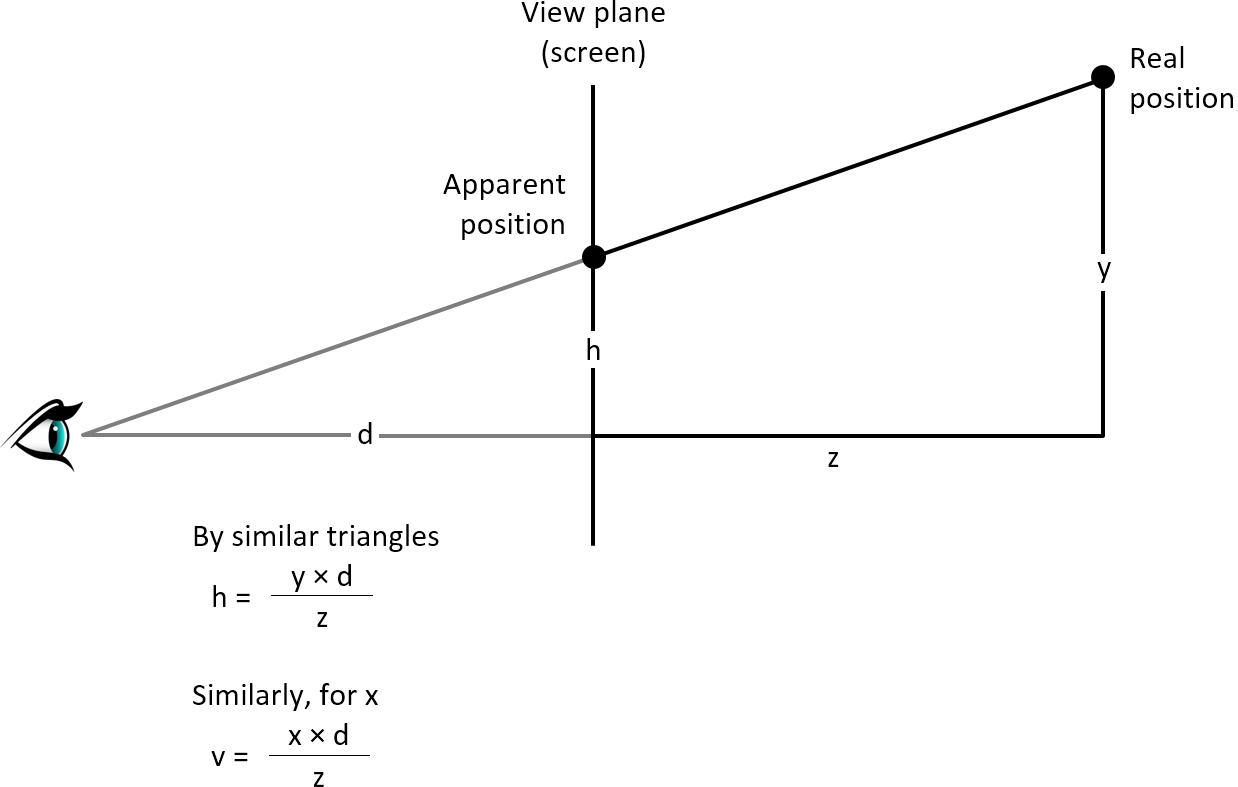
3D
With a bit of matrix magic
mat4 uModelViewMatrix = mat4(1.0, 0.0, 0.0, 0.0,
0.0, 1.0, 0.0, 0.0,
0.0, 0.0, 1.0, 0.0,
0.0, 0.0, -3.333, 1.0 );
mat4 uProjectionMatrix = mat4(2.41421, 0.0, 0.0, 0.0,
0.0, 2.41421, 0.0, 0.0,
0.0, 0.0, -1.002002, -1.0,
0.0, 0.0, -0.2002002, 0.0 );
attribute vec3 aVertex;
void main(void) {
gl_Position = uProjectionMatrix * uModelViewMatrix * vec4(aVertex, 1.0);
} 3D
Libraries to the rescue
mat4.perspective
mat4.ortho APIs
APIs
So, life is hard in vanilla WebGL land
APIs to the rescue
APIs
Two of the best known
Plenty of support
Big communities
On-line editors of varying utility
Three.js is a bit... unstable
Moar APIs

- PEX
 XTK (JS implementation of ITK / VTK)
XTK (JS implementation of ITK / VTK)
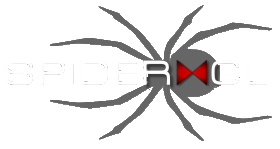 SpiderGL
SpiderGL

- CopperLicht
 A Tiny WebGL helper Library
A Tiny WebGL helper Library- etc.
APIs
Three.js
var camera = new THREE.PerspectiveCamera(70, window.innerWidth / window.innerHeight, 1, 1000);
camera.position.z = 400;
var scene = new THREE.Scene();
var texture = new THREE.TextureLoader().load('crate.jpg', function(texture) {
texture.needsUpdate = true
});
var geometry = new THREE.BoxGeometry(200, 200, 200);
var material = new THREE.MeshBasicMaterial({ map: texture });
var mesh = new THREE.Mesh(geometry, material);
scene.add(mesh);
var renderer = new THREE.WebGLRenderer({ alpha: true });
renderer.setPixelRatio(window.devicePixelRatio);
renderer.setSize(window.innerWidth, window.innerHeight);
document.body.appendChild(renderer.domElement);
var render = function () {
requestAnimationFrame(render);
mesh.rotation.x += 0.005;
mesh.rotation.y += 0.01;
renderer.render(scene, camera);
};
render(); Lighting
Models
Contact
| meetup.com/WebGL-Workshop-London | |
| [email protected] | |
 |
@CarlBateman |
 |
linkedin.com/in/dcbateman |
